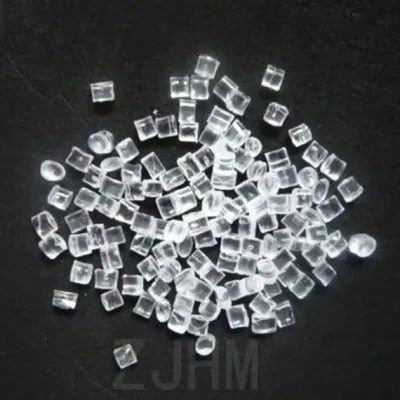-
Categories
-
Pharmaceutical Intermediates
-
Active Pharmaceutical Ingredients
-
Food Additives
- Industrial Coatings
- Agrochemicals
- Dyes and Pigments
- Surfactant
- Flavors and Fragrances
- Chemical Reagents
- Catalyst and Auxiliary
- Natural Products
- Inorganic Chemistry
-
Organic Chemistry
-
Biochemical Engineering
- Analytical Chemistry
-
Cosmetic Ingredient
- Water Treatment Chemical
-
Pharmaceutical Intermediates
Promotion
ECHEMI Mall
Wholesale
Weekly Price
Exhibition
News
-
Trade Service
Recently, British researchers have been inspired by Maoyan to successfully develop a new technology
that can image the radiation field generated by the operating reactor and then monitor the reactor core in real time.
Studies have shown that using new techniques developed by Lancaster University, high-intensity fast neutron fields and γ radiation fields
can be seen at the same time.
The research was jointly conducted
by Lancaster University and computational and electrical engineering firm Createc with funding from the Engineering and Physical Sciences Research Council (EPSRC).
It is reported that this reactor core real-time monitoring technology uses the reverse projection principle of the detector installed behind the slit collimator, similar to the slit pupil of a cat
.
It takes advantage of the linear propagation
of rays at the leading edge of interaction with the environment.
Detection rates and detector "views" measured from different positions and angles allow researchers to determine the source of
the rays.
The researchers designed a portable imaging device using the real-time monitoring technology of the reactor core, which can process the rays from the core in real time and image it
.
It is the world's first device for real-time core monitoring outside the reactor and weighs only about 20 kilograms, making it easy to carry
.
This technology has been put into practical use at the TRIGAmark II research reactor at the Technical University of Vienna, where images of the first operating reactor cores were obtained using rays emitted directly from the core
.
Using this new technology, reactor core conditions can be monitored in near real time, enabling critical information
about core conditions to be obtained without relying on installed instruments.
Another potential use of this technology is to provide fuel efficiency data
.
Recently, British researchers have been inspired by Maoyan to successfully develop a new technology
that can image the radiation field generated by the operating reactor and then monitor the reactor core in real time.
Studies have shown that using new techniques developed by Lancaster University, high-intensity fast neutron fields and γ radiation fields
can be seen at the same time.
The research was jointly conducted
by Lancaster University and computational and electrical engineering firm Createc with funding from the Engineering and Physical Sciences Research Council (EPSRC).
It is reported that this reactor core real-time monitoring technology uses the reverse projection principle of the detector installed behind the slit collimator, similar to the slit pupil of a cat
.
It takes advantage of the linear propagation
of rays at the leading edge of interaction with the environment.
Detection rates and detector "views" measured from different positions and angles allow researchers to determine the source of
the rays.
The researchers designed a portable imaging device using the real-time monitoring technology of the reactor core, which can process the rays from the core in real time and image it
.
It is the world's first device for real-time core monitoring outside the reactor and weighs only about 20 kilograms, making it easy to carry
.
This technology has been put into practical use at the TRIGAmark II research reactor at the Technical University of Vienna, where images of the first operating reactor cores were obtained using rays emitted directly from the core
.
Using this new technology, reactor core conditions can be monitored in near real time, enabling critical information
about core conditions to be obtained without relying on installed instruments.
Another potential use of this technology is to provide fuel efficiency data
.







